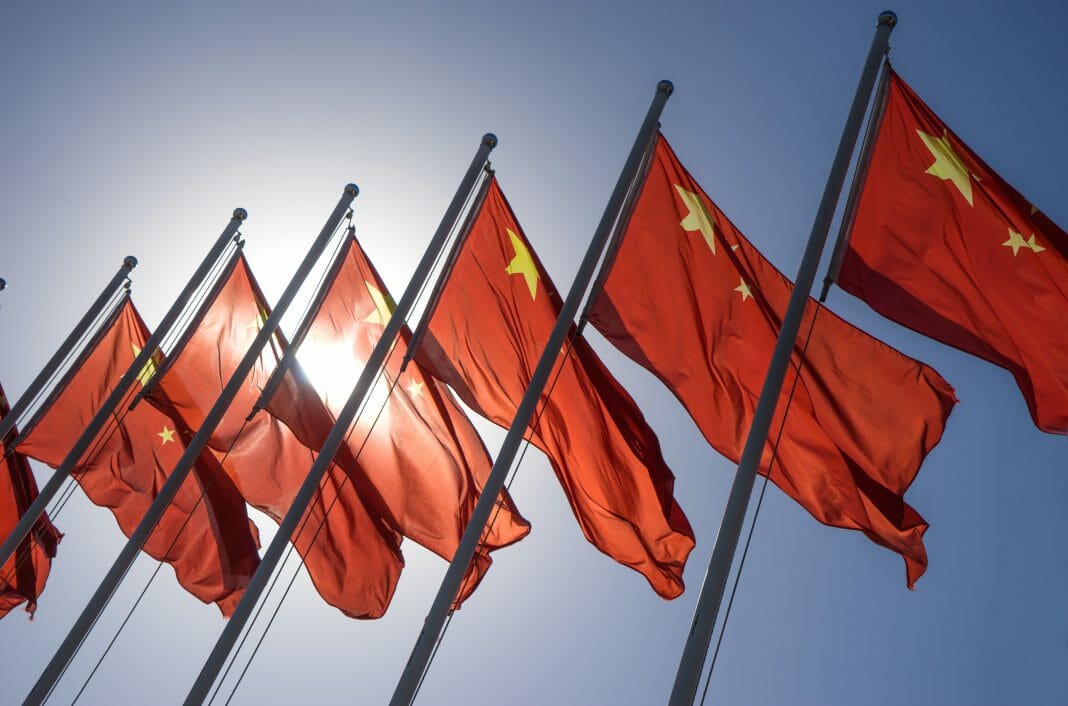According to data provided by the People’s Bank of China, digital yuan transactions reached $13.68 billion.
The Chinese People’s Bank has been experimenting with the digital yuan for just over two years. However, the very restricted access to this digital currency seems to be cutting its wings. However, the number of users seems to be increasing at a good pace, although it falls short compared to its main competitors, Alipay and WeChat. These platforms already provided the option to pay with the mobile using QR codes without intermediaries. Even so, the government remains firm in its goal of expanding its digital currency as much as possible.
According to data provided by the People’s Bank of China, digital yuan transactions reached $13.68 billion. In the second quarter of last year, this currency reached 8.3 billion dollars according to CNBC estimates.
These data, which may seem hopeful, are still far from what the government expected. The most logical thing would be to think that part of the blame is due to the limited access that exists in the Chinese country. Many businesses are reluctant to accept the digital yuan, mainly because it is unclear what incentives consumers would have, as compared to payment methods like Alipay or WeChat Pay.
Can the Digital Yuan Continue Expanding?
Ant Group, a company affiliated with the Chinese group Alibaba, offers alternative figures. The subsidiary disclosed a monthly volume of 10 billion yuan per month. As of June 2020, it could boast up to 711 million users.
Can we, therefore, expect the digital yuan to continue to expand? It seems that the government remains firm in its bet. At the beginning of January 2022, an application was created that would work in up to 10 regions of China, and in June of last year, prizes were raffled so that citizens could use these currencies to make local purchases.
On the other hand, it is worth noting that the number of users of the digital yuan has increased faster than the volume of transactions. The data we have is up to 261 million at the end of 2021, which represents an increase of 240 million since June of last year, always according to the People’s Bank of China.
The Digital Yuan is NOT Cryptocurrency
The digital yuan as such is not a cryptocurrency, because unlike cryptos like Bitcoin or Ethereum, the digital yuan is controlled by the People’s Bank of China with the aim of replacing bills and coins. It is not a decentralized form of payment as is the case with cryptocurrencies, nor does it use Blockchain.
On top of this, China wants to get ahead of the dollar as the world currency. It would be reasonable to think that they want to impose a kind of “petroyuan” by being buyers of up to 25% of the oil generated in Saudi Arabia. Trade relations between the United States and the Middle East are not going through their best moment and seem to have weakened, which the Asian giant clearly notices.
Nobody knows whether the digital yuan will be able to unseat the supremacy of the US dollar. Bloomberg already stated last year that the Biden Administration was monitoring this currency since for investors from other countries it could be attractive in the long term. This could hypothetically threaten the dollar as the world’s dominant reserve currency. However, the deputy governor of the Chinese Central Bank denied that the digital yuan was intended to replace other international currencies and that the motivation for this new digital currency is focused mainly on the domestic sphere, at least for the moment.
By Audy Castaneda











